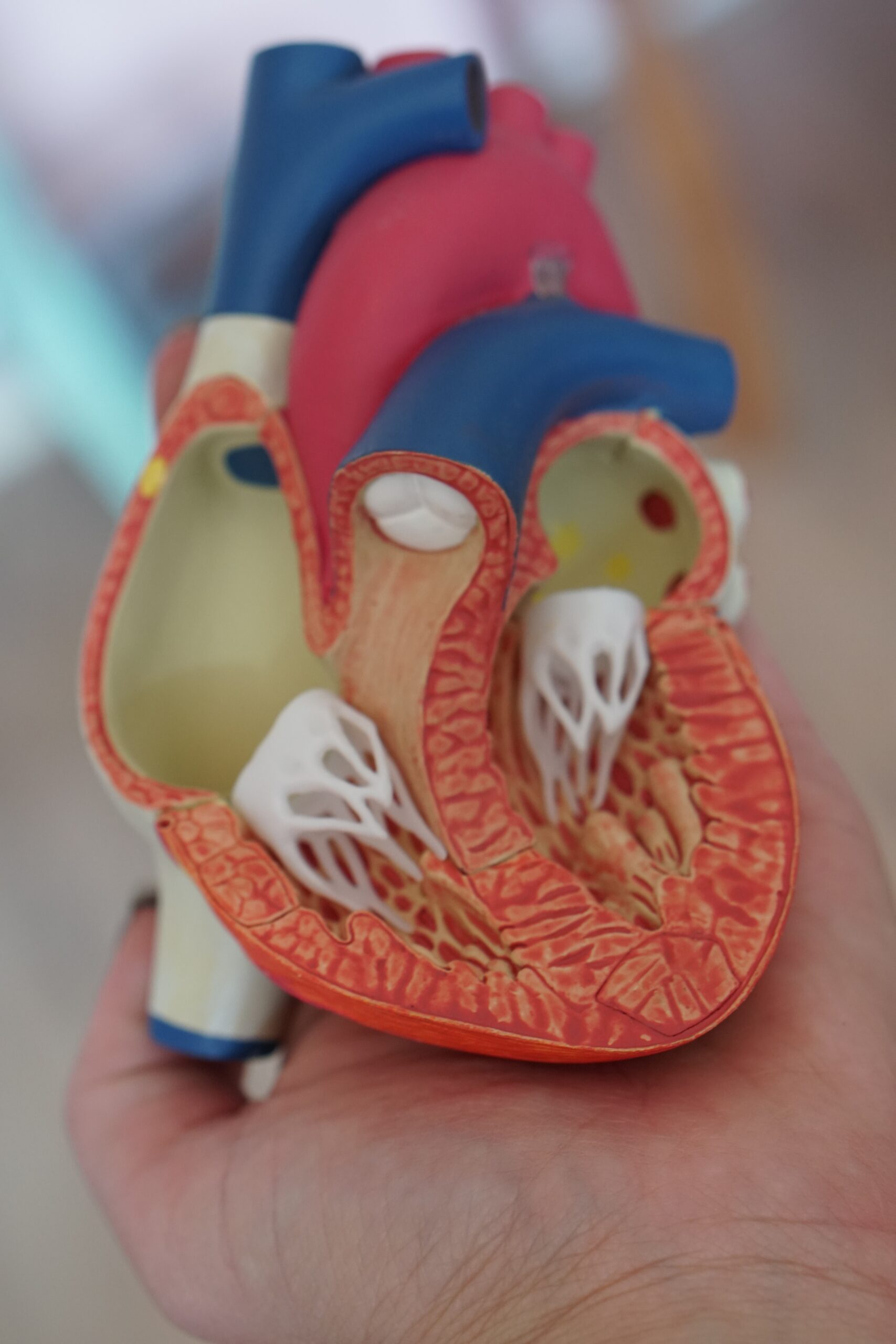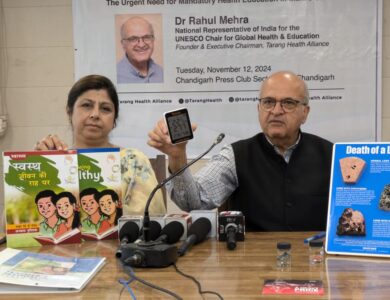Understanding Cardiac Rehabilitation: Components, Phases, and Benefits

What is Cardiac Rehab?
Cardiac rehabilitation, also known as cardiac rehab, is a comprehensive program designed to help individuals recover from a heart condition or cardiac event. It involves a combination of medical evaluation, supervised exercise, education, and support to improve cardiovascular health and reduce the risk of future heart problems.
The Five Main Components of Cardiac Rehab
1. Medical Evaluation: Before starting a cardiac rehab program, you will undergo a thorough medical evaluation to assess your overall health, identify any underlying conditions, and determine the appropriate level of exercise and treatment.
2. Supervised Exercise: Exercise plays a crucial role in cardiac rehab. Under the guidance of trained professionals, you will engage in a customized exercise program that gradually increases in intensity and duration to improve cardiovascular fitness, strength, and endurance.
3. Education and Counseling: Cardiac rehab programs provide education and counseling to help you understand your heart condition, manage risk factors, adopt a heart-healthy lifestyle, and make informed decisions about your health. Topics may include nutrition, stress management, medication management, and smoking cessation.
4. Lifestyle Modification: Cardiac rehab emphasizes the importance of making positive lifestyle changes to reduce the risk of future heart problems. This may involve adopting a balanced diet, quitting smoking, managing stress, achieving a healthy weight, and incorporating regular physical activity into your daily routine.
5. Psychosocial Support: Emotional well-being is an essential aspect of cardiac rehab. You will receive support and guidance to cope with the emotional challenges that may arise as a result of your heart condition. This may include individual or group counseling, stress management techniques, and support from peers who have gone through similar experiences.
The Three Phases of Cardiac Rehab
1. Phase I: This phase typically takes place in a hospital setting immediately after a cardiac event or surgery. It focuses on monitoring your vital signs, gradually increasing physical activity, and initiating education about your heart condition.
2. Phase II: Phase II is the main outpatient phase of cardiac rehab. It involves regular visits to a specialized cardiac rehab center or clinic. During this phase, you will participate in supervised exercise sessions, receive education and counseling, and learn strategies to manage your heart condition effectively.
3. Phase III: Phase III is the maintenance phase of cardiac rehab, which focuses on long-term adherence to a heart-healthy lifestyle. This phase often involves less supervision and allows you to continue exercising independently while maintaining contact with your healthcare team for ongoing support and guidance.
Can I Do Cardiac Rehabilitation at Home?
While the majority of cardiac rehab programs are conducted in specialized facilities, there are options for home-based cardiac rehab. These programs provide remote monitoring, exercise guidance, and education through telemedicine platforms. However, it is important to consult with your healthcare provider to determine if home-based cardiac rehab is suitable for your specific condition and needs.
Conditions Treated/Managed with Cardiac Rehab
Cardiac rehab is beneficial for individuals who have experienced various heart conditions or procedures, including:
– Heart attack (myocardial infarction)
– Coronary artery bypass grafting (CABG)
– Angioplasty or stenting
– Heart failure
– Heart valve surgery
– Stable angina
– Cardiomyopathy
– Heart transplant
How Common is Cardiac Rehab?
Despite its proven benefits, cardiac rehab is underutilized. According to research, only a small percentage of eligible patients participate in cardiac rehab programs. This may be due to various factors, including lack of awareness, limited access to programs, and misconceptions about the necessity of rehabilitation after a heart event. However, healthcare providers are increasingly recognizing the importance of cardiac rehab and working to improve access and participation rates.
What Happens Before Cardiac Rehab?
Before starting cardiac rehab, you will undergo a comprehensive medical evaluation, which may include:
– Assessment of your medical history
– Physical examination
– Electrocardiogram (ECG)
– Blood tests
– Stress test or cardiac imaging
Based on the results, your healthcare team will develop an individualized treatment plan tailored to your specific needs and goals.
What Happens During Cardiac Rehab?
During cardiac rehab, you will participate in supervised exercise sessions, attend educational classes, and receive counseling and support. The exercise sessions will be tailored to your fitness level and may include activities such as walking, cycling, and strength training. The educational classes will provide you with valuable information about heart health, risk factors, medications, and lifestyle modifications. The counseling and support sessions aim to address any emotional or psychological concerns you may have related to your heart condition.
What Exercises Do You Do at Cardiac Rehab?
The exercises performed during cardiac rehab are designed to improve cardiovascular fitness, strength, and flexibility. They may include:
– Aerobic exercises such as walking, cycling, and swimming
– Resistance training using weights or resistance bands
– Stretching exercises to improve flexibility
– Balance exercises to reduce the risk of falls
The exercises will be tailored to your individual needs and capabilities, and your progress will be closely monitored by the healthcare team.
What Does Cardiac Rehab Consist of?
Cardiac rehab consists of a multidisciplinary approach that combines medical evaluation, supervised exercise, education, counseling, and support. It aims to improve your cardiovascular health, enhance your quality of life, and reduce the risk of future heart problems. The program is typically conducted over a period of several weeks or months, depending on your specific needs and progress.
How Long is Cardiac Rehab?
The duration of cardiac rehab varies depending on individual needs and progress. Generally, cardiac rehab programs last for about 12 to 36 weeks, with sessions held two to three times per week. However, the length of the program can be adjusted based on your condition, goals, and response to treatment.
Potential Benefits of Cardiac Rehab
Cardiac rehab offers numerous benefits, including:
– Improved cardiovascular fitness and endurance
– Reduced symptoms and complications of heart disease
– Better management of risk factors such as high blood pressure, high cholesterol, and diabetes
– Enhanced psychological well-being and reduced stress
– Increased knowledge and understanding of heart health
– Improved adherence to heart-healthy lifestyle modifications
– Lower risk of future heart problems and hospitalizations
How Successful is Cardiac Rehab?
Cardiac rehab has been shown to be highly effective in improving outcomes for individuals with heart conditions. Research indicates that participating in cardiac rehab can significantly reduce the risk of mortality, hospitalizations, and recurrent cardiac events. It also improves overall quality of life and functional capacity.
Risks or Complications of Cardiac Rehab
Cardiac rehab is generally safe, but like any form of exercise, it carries some risks. These risks are closely monitored and managed by the healthcare team. Potential complications may include:
– Chest pain or discomfort
– Abnormal heart rhythms
– Shortness of breath
– Dizziness or lightheadedness
– Muscle strains or injuries
If you experience any concerning symptoms during cardiac rehab, it is important to notify your healthcare provider immediately.
Is There Anything I Can Do to Make Cardiac Rehab Easier on Me?
To make cardiac rehab easier and more successful, consider the following tips:
– Follow your healthcare team’s recommendations and guidelines.
– Pace yourself and gradually increase the intensity of your exercise as advised.
– Take breaks and rest when needed.
– Stay motivated by setting realistic goals and tracking your progress.
– Seek support from family, friends, and fellow participants in the cardiac rehab program.
– Communicate openly with your healthcare team about any concerns or challenges you may face.
When to Call the Doctor
You should call your healthcare provider if you experience any of the following during or after cardiac rehab:
– Severe chest pain or discomfort
– Irregular or rapid heartbeat
– Severe shortness of breath
– Dizziness or fainting
– Excessive fatigue or weakness
– Swelling in the legs or ankles
– Persistent nausea or vomiting
How Do I Choose a Cardiac Rehab Program?
When choosing a cardiac rehab program, consider the following factors:
– Accreditation and certification of the program and staff
– Availability of specialized cardiac rehab facilities and equipment
– Qualifications and experience of the healthcare team
– Program location and accessibility
– Insurance coverage and costs
– Availability of remote or home-based cardiac rehab options
– Recommendations from your healthcare provider or other patients who have undergone cardiac rehab
What Happens After Cardiac Rehab?
After completing a cardiac rehab program, it is essential to continue practicing the healthy habits and lifestyle modifications you have learned. This includes regular exercise, proper nutrition, medication adherence, stress management, and regular follow-up visits with your healthcare provider. Your healthcare team will provide guidance and support to help you maintain your cardiovascular health and reduce the risk of future heart problems.
In conclusion, cardiac rehabilitation is a comprehensive program that combines exercise, education, and support to help individuals recover from heart conditions and reduce the risk of future cardiac events. By participating in cardiac rehab, you can improve your cardiovascular fitness, enhance your quality of life, and achieve better long-term outcomes. Consult with your healthcare provider to determine if cardiac rehab is suitable for you and to find the best program to meet your needs.








